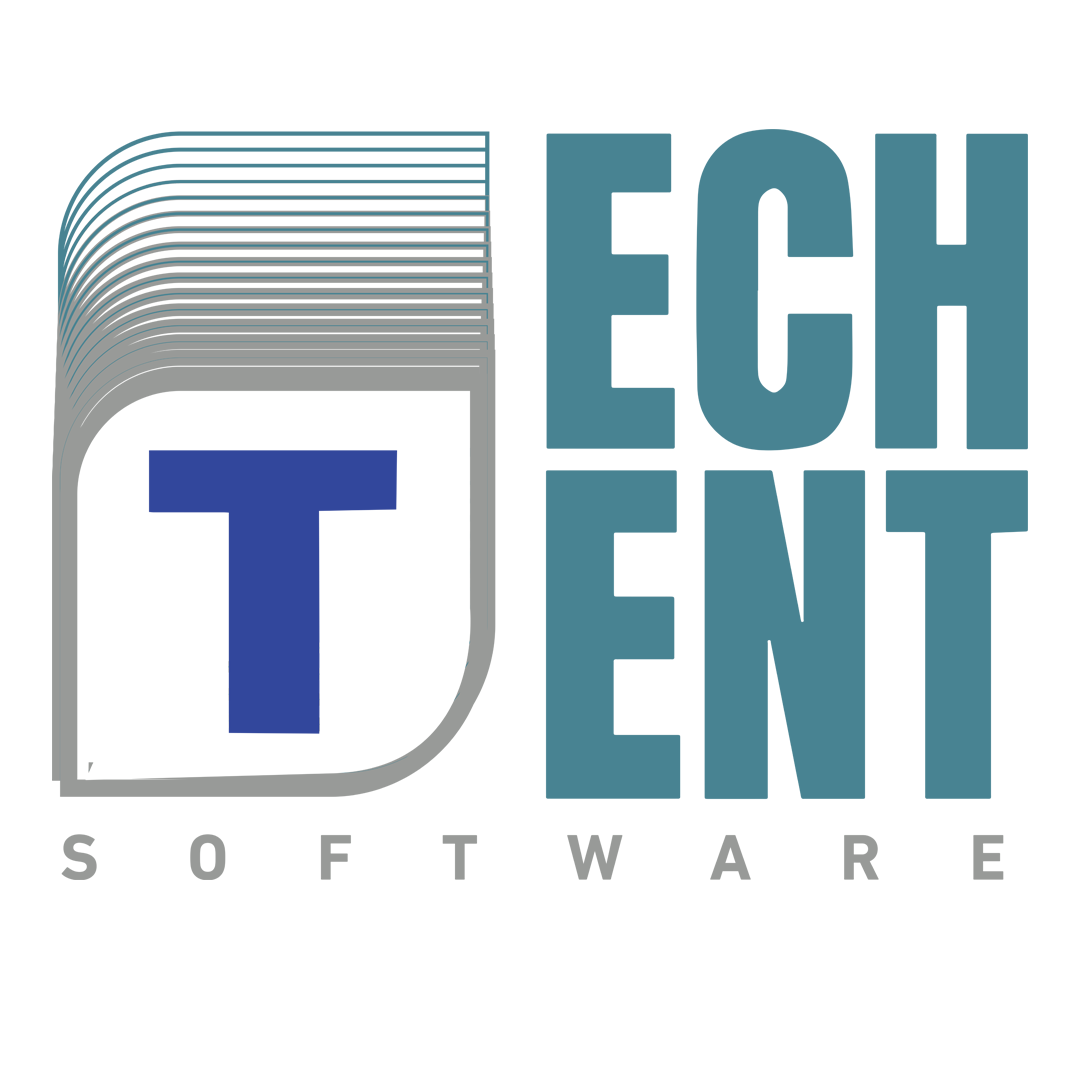Django Service
Django is designed to handle heavy traffic and large-scale applications, making it suitable for startups and enterprise-level projects.
Full-Stack Framework
Django is a comprehensive framework that includes everything needed to build a web application, from user authentication and URL routing to an ORM and templating engine.
Rapid Development
Django follows the "Don't Repeat Yourself" (DRY) principle, enabling developers to create applications quickly without repetitive code.
Scalability
Django is designed to handle heavy traffic and large-scale applications, making it suitable for startups and enterprise-level projects.
Secure by Design
SQL injection, Cross-Site Scripting (XSS), Cross-Site Request Forgery (CSRF), Clickjacking
Robust ORM (Object-Relational Mapping)
Django’s ORM allows developers to interact with databases using Python code instead of SQL. It supports multiple databases and provides database migrations.
Admin Panel
Django automatically generates an admin interface based on your models, making it easy to manage application data without extra coding.

